Ĉu vi parolas Esperanton?
You’d be forgiven if you thought that was Romanian, or maybe even some dialect of Italian, at first glance. But it’s actually Esperanto, the world’s most-spoken constructed language! Esperanto has no home country and nearly no native speakers, and it’s only around 140 years old. It was created by one man who dreamed of using a common language to unite the world under a banner of peace.
So, what is Esperanto, and what’s the point of learning it? With no native speakers, how could it possibly be a useful language to know? We’ll answer these questions and more in this post, so keep reading!
Last Updated: 04/04/2024
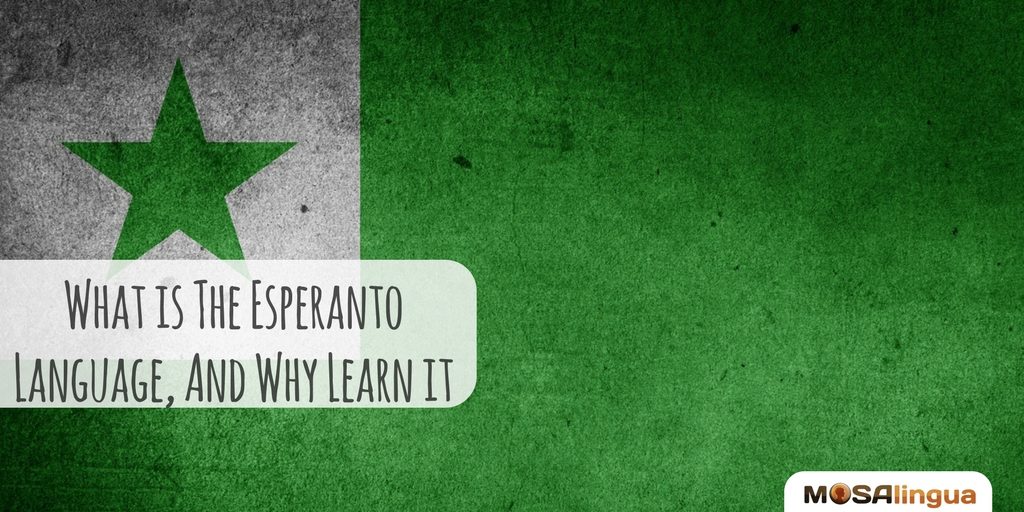
What’s inside…
What Is Esperanto?
First things first, Esperanto is a constructed language. Constructed languages (or conlangs) are the opposite of natural languages. A natural language develops and evolves organically over time, but a constructed language is planned and built on purpose. If you’re a Star Trek or Game of Thrones fan, you’re already familiar with constructed languages: Klingon and Dothraki are both conlangs!
Esperanto is the most spoken constructed language in the world, with about 2 million speakers worldwide (including about 1,000 native speakers). Esperanto was constructed from Romance, Germanic, and Slavic roots, with about 80% of its grammar deriving from Latin. Many people even mistake Esperanto for Romance languages like Spanish or Italian since it contains so much Latin.
History of Esperanto
Esperanto was created in 1887 by a Polish-Jewish doctor named Ludwik Lejzer Zamenhof, also known by his pen name Doktoro Esperanto (“doctor Esperanto”). Growing up in the Russian Empire, Zamenhof lived amid political and cultural tensions that pitted his neighbors against one another. He yearned for a world where humanity could come together in peace, which inspired him to create Esperanto as an international auxiliary language—he hoped that a common tongue would encourage harmonious communication between people and nations.
The Esperanto language, a solution for peace?
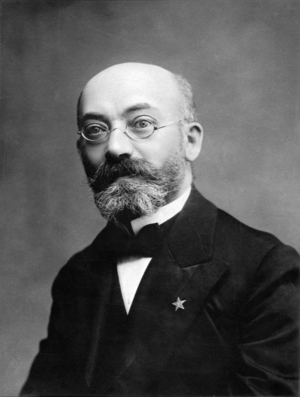
Zamenhof had high hopes for the language. He believed that Esperanto could promote world peace by eliminating conflicts that arise from linguistic and cultural differences. Unfortunately, just a few years after Esperanto began to gain popularity, World War I broke out, throwing the world into chaos and violence.
Later, during World War II, the Nazi Party sought to discredit Esperanto and destroy its speakers. This international language created by a Jewish man was seen as a threat to their nationalist ideals. After almost being wiped out by the two world wars, Esperanto only survived thanks to a small but dedicated group of proponents.
Who Speaks the Esperanto Language? Where Do They Speak Esperanto?
Esperanto doesn’t have a country of its own. But it does have a supranational community of speakers all over the world!
Since its creation, over 2 million people in 120 countries have learned Esperanto! However, these numbers could be higher because estimating the true number of Esperanto speakers is hard. It’s also difficult to know where in the world they live.
Countries with the most Esperanto speakers
According to the World Esperanto Association, these countries have the most Esperanto speakers, in descending order:
- Brazil
- Germany
- Japan
- France
- The United States
- China
- Italy
While Esperanto is certainly not one of the most spoken languages in the world, it has still made a mark on history and culture throughout the years. A handful of prominent people have doubled as Esperantists since the language was invented, including Jules Verne (French author), Leo Tolstoy (Russian author), Pope John Paul II (Polish), Ho Chi Minh (Vietnamese politician), William Shatner (Canadian actor), and George Soros (Hungarian-American investor, who considers it his native language).
Thanks to the internet, this somewhat obscure language is experiencing a surge in popularity. According to the BBC, 1 million people have tried to pick up the invented language using a popular learning app.
Why Learn Esperanto in 2024?
But why would so many people want to learn a language that doesn’t have a nation of its own? What can YOU gain from learning a 120-year-old constructed language?
And that’s a great reason. Esperanto doesn’t belong to a people or nation. But it does belong to a community of people. They have freely chosen it to communicate, not with their neighbors or workmates, but with people scattered all around the world!
As we mentioned above, the original concept was to create a universal language to overcome global language barriers. Language barriers impede our ability to understand one another. If everyone was able to speak a common universal language, we would be able to better communicate about the social, cultural, and political issues that concern us all.
How to learn any language
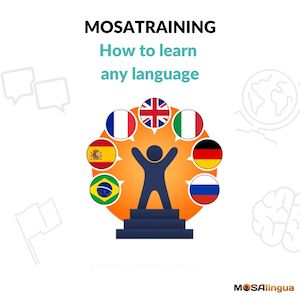
News flash: those people aren’t any smarter than you are, and they don’t have any kind of special gift for language learning, either. It’s all because of the methods they use. Practicing with the latest and most effective techniques, along with a few expert tips, is a recipe for success.
It can work for you, too! MosaTraining combines all of these tips and techniques into one comprehensive, hands-on approach to language learning.
The culture of Esperanto correlates to the founding ideal of the language: for everyone to have access to the same international means of communication without linguistic discrimination.
Nowadays, if a country wants to access the international market, it has to use English, the dominant language in global business. English has become so widely used that it has transformed into an international-friendly version called Globish.
But the fact that people must learn English in addition to their native language puts them at a disadvantage. It creates an imbalance within the world of international business, since native English speakers have a head-start and learners of English must work to catch up.
Zamenhof wanted to eliminate linguistic discrimination with his new language. Everyone starts off on the same footing. How so? Well, everyone must learn the language to communicate. It’s a neutral language. Actually, one of the objectives of this language is transnational education. That’s the idea that everyone should have the same access to knowledge, no matter their nationality or walk of life.
Zamenhof intended for Esperanto to be easy to learn. People can reportedly learn it up to 5 times faster than other languages!
That’s because there are just 16 grammar rules, easy spelling, only one way to write each sound, and conjugation based on mathematical logic (compare this to something like English). Below are some examples.
Regular spelling
- nouns end with an o
- adjectives end with an a
- adverbs end with an e
- plural words end with a j (pronounced like the “y” in “yellow”)
To give you an example, in Esperanto, bela means “beautiful/handsome,” granda means “big,” and tablo means “table.”
So, bela granda tablo means “big, beautiful table.”
In their plural form, the same words are: belaj (an adjective in its plural form), grandaj (another adjective in its plural form) and tabloj (a noun in its plural form).
All three together mean, “big, beautiful tables.” It’s just that easy to understand and apply!
Easy vocabulary rules
Vocabulary is changed by adding a suffix or a prefix:
- To form antonyms, add the prefix mal (just as we do with “impossible”, and “unbreakable”).
- Ex. bela, which means “beautiful/handsome,” becomes malbela (“ugly”).
- To form diminutives (words that are changed to make them seem smaller or cuter, such as “droplet” and “doggy“), we add et just before the final o (as you know, all nouns end with an o).
- Ex. libro means “book,” and libreto means “booklet.”
- For augmentatives (words that are changed to make them seem bigger such as with “supermarket” and “grandmaster”), add eg before the o.
- Ex. rivero is “river,” while riverego means “large river.”
The language is also efficient because it doesn’t have a lot of words. For example, to express a group of the same kind, like a herd of cows, add aro to the noun. Bovino is the word for “cow” and bovinaro means “herd of cows.”
To learn this language, you just need to memorize a few hundred words (nothing compared to most other languages!) and understand its logic. Then, you can use some simple math to build lots more vocabulary and start communicating in no time. Nothing too complicated!
The last reason is that, if we all speak the same language, it can only bring us closer together… And as a matter of fact, it already does! Learning Esperanto gives people access to something called the Pasporta Servo.
The Pasporta Servo is a low-cost accommodation service or network for Esperanto speakers across the world. If you’re learning Esperanto and are traveling anywhere in the world, you just need to contact other Esperanto speakers. This will allow you to meet many new people. And you can stay with them for relatively cheap. Not bad at all!
How to Learn the Esperanto Language
If, like me, this has made you want to learn Esperanto, many online resources can help.
Free online Esperanto-language resources and websites
- A free website for learning Esperanto, available in various languages: lernu! It also has a great Esperanto-to-English/English-to-Esperanto dictionary.
- The Universal Esperanto Association: UEA
- The Esperanto accommodation service: Pasporta Servo (you have to know a little Esperanto before you can use it)
- The written Esperanto alphabet, Esperanto grammar, and much more
- Listen to the Esperanto alphabet here!
- The Esperanto Association of Britain has some great resources. Plus it can be a good place to connect with other Esperanto speakers. They host regular events and courses.
All the websites listed above provide resources (books, magazines, audio files, etc.) for learning the language, or, at the very least, a way to get exposure to it.
Esperanto-to-English dictionaries
- Esperanto Panorama is a very comprehensive Esperanto-English dictionary that’s easy to use. Use your keyboard search function (Ctrl + F or Command + F on Mac) to find exactly what you want.
- If you’d like to add a print Esperanto dictionary to your collection, we recommend Benson’s. Get it on Amazon here.
- People who already have some knowledge of Esperanto will love Vortato. It’s a traditional online Esperanto dictionary, not an Esperanto translator. Instead of translations, you get definitions of the Esperanto words you look up.
- There are even picture dictionaries for learning Esperanto, perfect for visual learners and getting your kids interested in the language. For example, Mil Unuaj Vortoj – First Thousand Words in Esperanto.
Learn a few Esperanto words right now
Finally, to whet your appetite for the Esperanto language, why not learn some useful words and expressions? Click the play button to hear the Esperanto pronunciation.
| English | Esperanto | Pronunciation |
|---|---|---|
| Hello! | Saluton! | |
| Welcome! | Bonvenon! | |
| How are you? | Kiel vi fartas? | |
| Very well, thanks. And you? | Tre bone, dankon. Kaj vi? | |
| How do you say ... in Esperanto? | Kiel oni diras...en Esperanto? | |
| Goodbye | Adiaŭ |
Video Recap: Why Learn the Esperanto Language
Watch the video below for a quick video recap of these 4 main reasons why we think the Esperanto language is worth learning.
While you’re there, be sure to subscribe to our channel for more language-learning videos.
One last thing: we’ve been playing with the idea of developing an app to help you learn Esperanto. Let us know in the comments if that would interest you, or vote for it in our poll! We’ll keep you updated 😉

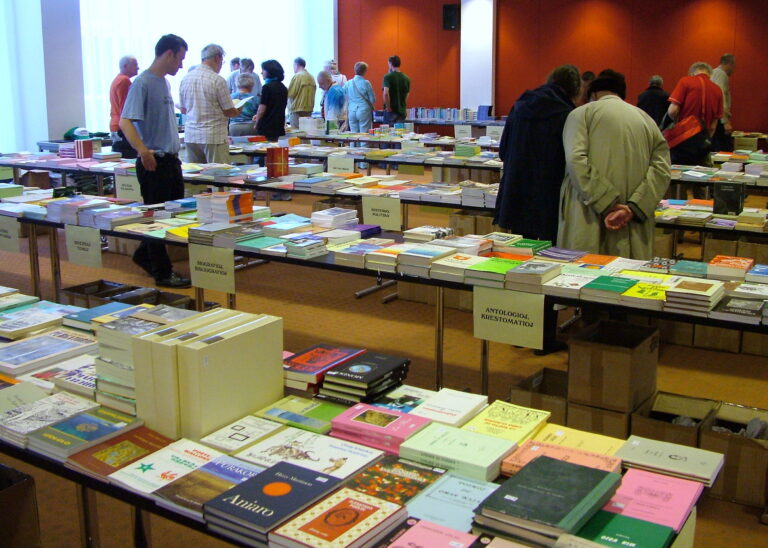
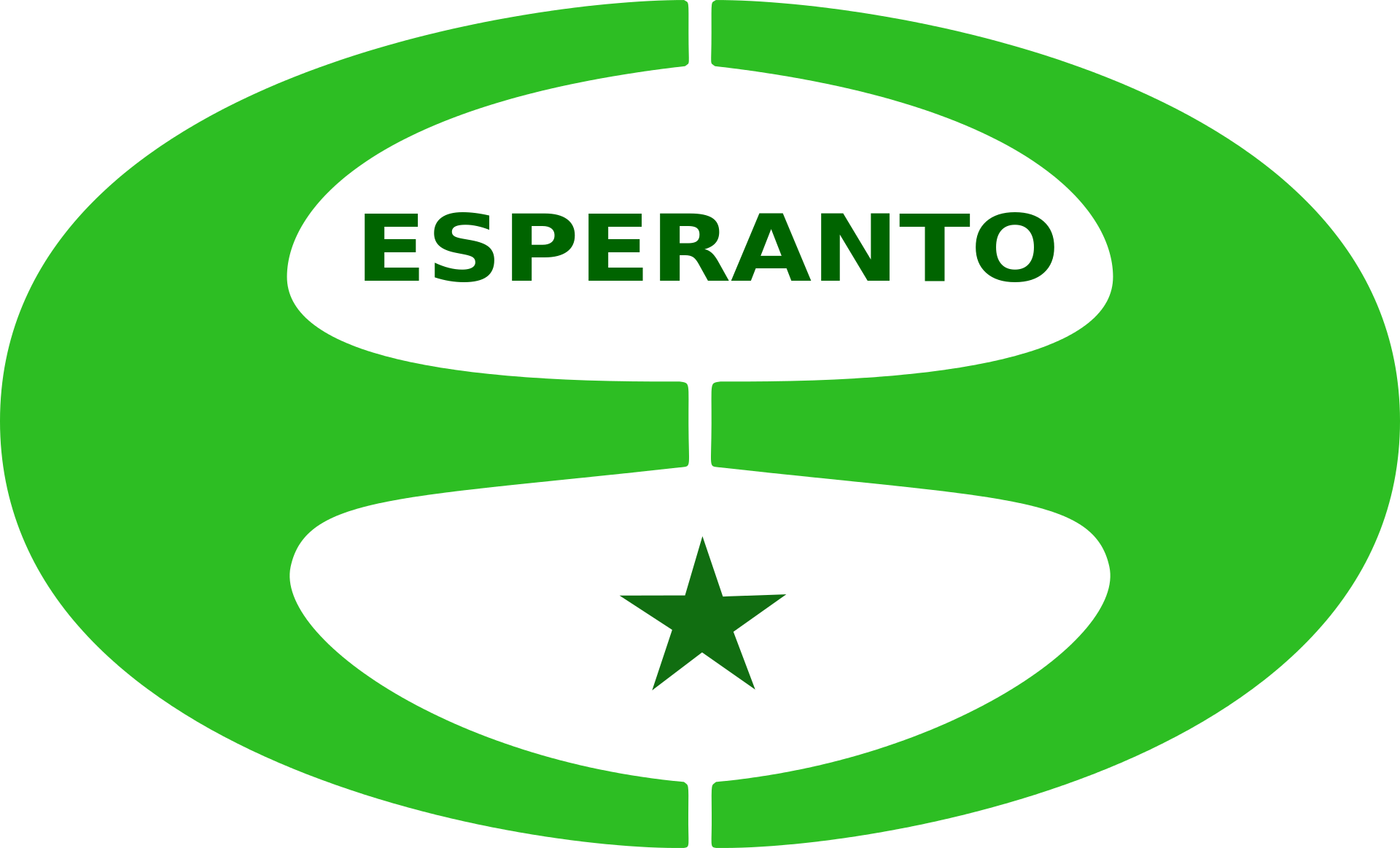




Esperanto was an ok attempt for the time, but it’s more than 100 years old, we have much better international languages now, like Pandunia and it’s much simpler to learn too. I think most people could learn the grammar in a few hours max. And the vocab is world-based, not on a few european languages like Esperanto. We can admire Zamenhof’s idealism but we have come a long way from him.
Jes,
I would subscribe if you had an Esperanto course. Dankon!
To Patricia S.
Can you see Esperanto as a bridge to your Spanish learning?
First you learn some Esperanto and then Spanish will be more easy to learn.
Sounds very interesting to me! However, my grandkids are learning Spanish in school. I would rather spend time working with this language to help them–also, I took Spanish in H.S. and my hubby is fluent in it–it was his first language while growing up in Colombia, S.A.